
Fatima Tour
4 h
Instant confirmation
About this activity
Fátima
Towns and Villages
With its origins deep in history, it was during the Arabian occupation that this settlement developed and was named. According to legend, during the Christian Reconquest, the Templar knight Gonçalo Hermingues, also known as Bringer-of-Moors, fell in love with Fátima, a Moor captured in the course of an ambush. Reciprocating the love, the young woman converted to Christianity and adopted the name Oureana.
In the sixteenth century, the settlement became a parish in the collegiate church of Ourém within the Diocese of Leiria.
Its subsequent development dates from the events known as the Apparitions of Fátima, in the early part of the twentieth century. It has become one of the key centers for the Cult of the Virgin Mary in Portugal and has been recognised world-wide by the Catholic Church.
The first apparition took place in 1917, in Cova da Iria, at the site of the current Sanctuary. The most important celebrations are held on 13th May (including the Candlelit Procession on the night of the 12th and the Farewell Procession closing the event on the 13th) and 13th October. Furthermore, the 13th of every month between these two dates is also a day of devotion.
For those interested in the historical context of the apparitions of Our Lady of Fátima, visits can be made to the houses of the shepherd witnesses in the village of Aljustrel.
In the gardens of Casa de Lúcia, there is a monument commemorating the second apparition of the Angel of Peace and the end of the Via Sacra which begins in the Sanctuary. Along this route, there are 14 chapels donated by Hungarian Catholic refugees in the West. Of particular note is Valinhos, 400 metres from the village where monuments commemorate the fourth apparition in 1917 as well as the place chosen by the angel. Here, in 1916, the shepherds saw the Angel of Peace for the first and third times.
Read more
Show less
Towns and Villages
With its origins deep in history, it was during the Arabian occupation that this settlement developed and was named. According to legend, during the Christian Reconquest, the Templar knight Gonçalo Hermingues, also known as Bringer-of-Moors, fell in love with Fátima, a Moor captured in the course of an ambush. Reciprocating the love, the young woman converted to Christianity and adopted the name Oureana.
In the sixteenth century, the settlement became a parish in the collegiate church of Ourém within the Diocese of Leiria.
Its subsequent development dates from the events known as the Apparitions of Fátima, in the early part of the twentieth century. It has become one of the key centers for the Cult of the Virgin Mary in Portugal and has been recognised world-wide by the Catholic Church.
The first apparition took place in 1917, in Cova da Iria, at the site of the current Sanctuary. The most important celebrations are held on 13th May (including the Candlelit Procession on the night of the 12th and the Farewell Procession closing the event on the 13th) and 13th October. Furthermore, the 13th of every month between these two dates is also a day of devotion.
For those interested in the historical context of the apparitions of Our Lady of Fátima, visits can be made to the houses of the shepherd witnesses in the village of Aljustrel.
In the gardens of Casa de Lúcia, there is a monument commemorating the second apparition of the Angel of Peace and the end of the Via Sacra which begins in the Sanctuary. Along this route, there are 14 chapels donated by Hungarian Catholic refugees in the West. Of particular note is Valinhos, 400 metres from the village where monuments commemorate the fourth apparition in 1917 as well as the place chosen by the angel. Here, in 1916, the shepherds saw the Angel of Peace for the first and third times.
Included
- Driver/guide
- Hotel pickup and drop-off (if option selected)
- Private tour
- Transport by private vehicle
Not included
- Food and drinks
Additional
- Confirmation will be received at time of booking
- Wheelchair accessible
- Transportation is wheelchair accessible
- Dress code is formal
- This is a private tour/activity. Only your group will participate
Features
Tourism
90%
Cultural
60%
Sport
45%
You may also like









 See all 46 Collections
See all 46 Collections
Click to discover other experiences
See all
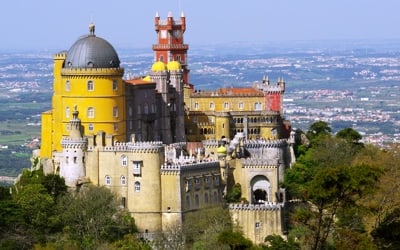
Collections
Sintra with Palaces
212 Activities
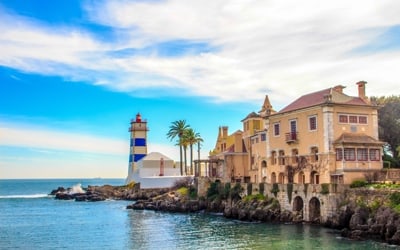
Collections
Cascais
153 Activities
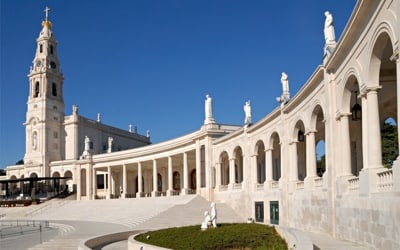
Collections
Fátima
164 Activities
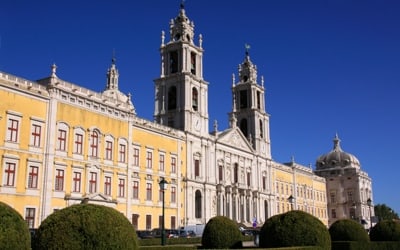
Collections
From Lisbon
116 Activities

Collections
Gourmet
170 Activities
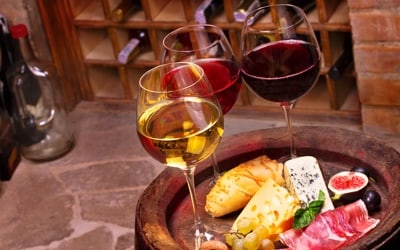
Collections
Wine Tour
128 Activities

Collections
Walking Tour
96 Activities
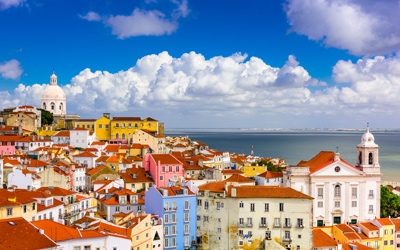
Collections
City Tour
138 Activities
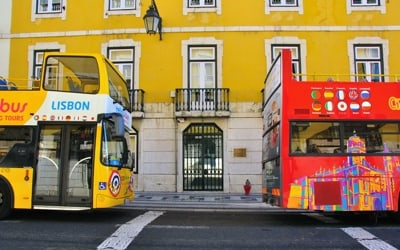
Collections
Bus Tour
50 Activities
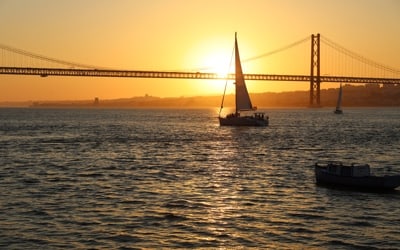
Collections
Lisbon Sunset
31 Activities

